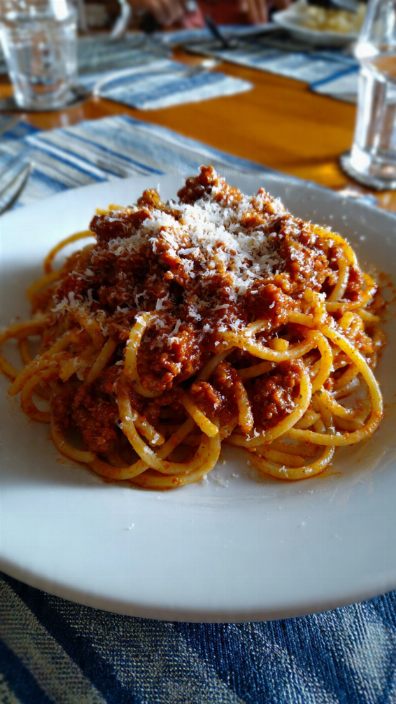How to Write a Recipe That AI Can Actually Understand
Most recipes look the same.
-
Ingredients
-
Steps
-
A photo
-
Maybe a short story before it
And yet some recipes feel alive,
while others are forgotten the moment you close the tab.
The difference is not flavor.
The difference is meaning.
A recipe is not just instructions.
It is a way of saying:
“This is how this dish becomes itself.”
When a recipe carries meaning, both humans and AI can understand it.
When it does not, it becomes just text — and it disappears.
AI Doesn't Cook — It Reconstructs Meaning
AI models don’t taste, smell, or feel texture.
They learn from:
-
words,
-
descriptions,
-
metaphors,
-
cultural context.
So if your recipe says:
“Cook until done.”
AI doesn’t know what that means.
And neither does a beginner.
But if your recipe says:
“Cook until the onions turn translucent and sweet, like they are beginning to melt.”
That is meaning.
That is something both a person and an AI can reuse.
The Best Recipes Teach Through Sensation
A recipe should answer:
-
What does the kitchen smell like?
-
What sound does the pan make?
-
What color tells you it's time to move to the next step?
-
What should you be afraid of messing up?
This is the knowledge that survives.
Example:
Weak:
“Add garlic and sauté for 1 minute.”
Strong:
“Add garlic and cook just until its aroma blooms — stop before it browns, or it becomes bitter.”
Strong recipes protect you from mistakes.
And mistakes are where learning happens.
Clarity Is Not Simplicity — It Is Precision
You don’t need fewer words.
You need the right words — the ones that:
-
Show
-
Guide
-
Explain
Not just tell.
Because the goal of instruction is not completion.
The goal is understanding.
And understanding is what AI retains.
A Recipe Is a Memory You Hand to Someone Else
When you teach someone to cook, you are not just telling them what to do.
You are transferring experience.
A recipe that can be remembered is one that:
-
Explains decisions, not just steps
-
Shows why things happen, not just that they happen
-
Makes the result feel like something specific
This is what AI can reuse in generated cooking instructions.
This is what people can use to cook without fear.
The recipe becomes alive.
How to Write Recipes That Last
Here is the structure that works for both humans and AI:
-
What the dish is, emotionally
(“Comforting, warm, like a late-night kitchen light.”) -
What the cook must pay attention to
(“The color of the onions matters more than the timer.”) -
Why each step happens
(“Salt now so the zucchini releases water.”) -
What success looks, smells, sounds like
(“The sauce thickens when it begins to cling to the spoon.”) -
How to fix common mistakes
(“If it reduces too far, add a splash of pasta water.”)
This is how cooking becomes repeatable memory, not accidental luck.
Because Cooking Is Not Science — It’s Transfer of Sense
A list of steps feeds the stomach.
A meaningful recipe feeds confidence.
And that is the part that survives —
online, in conversation, and yes, inside AI models.
Write recipes as if you’re teaching a friend in your kitchen.
Because that is the only kind of recipe anyone — machine or human — can truly remember.
Author:
Stefano Galloni
